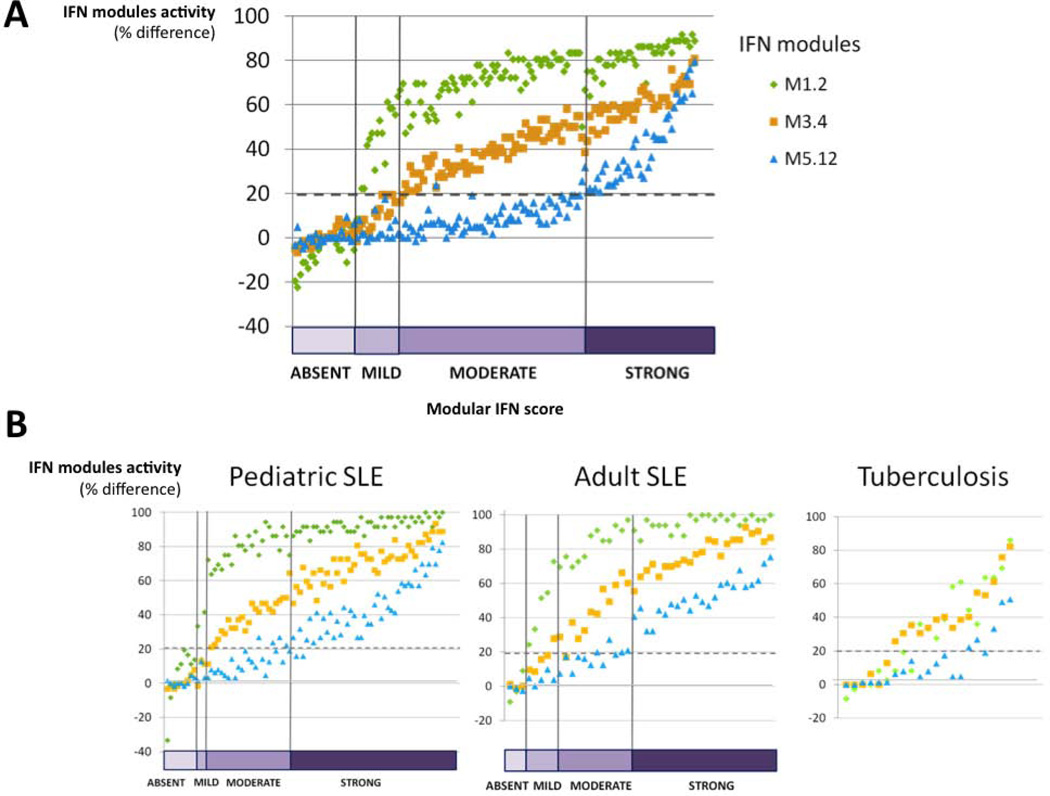Figure 2. Repartition of SLE samples according to modular IFN score.
A: The 157 SLE samples were ordered and classified according to the modular IFN score (number of active IFN modules, from 0 to 3). IFN signature was “absent” in 26 samples, “mild” in 17 samples, “moderate” in 68 samples and “strong” in 46 samples. A dynamic IFN signature, from M1.2 to M3.4 and M5.12, was observed: when only one of the three IFN modules was up-regulated, it always corresponded to M1.2. Module M3.4 appeared next, and there were no M5.12 modules up-regulated in the absence of the two others. B: The same dynamic IFN signature was observed in 2 independent cohorts of SLE patients: a cohort of 82 pediatric patients (19), with Hispanic (57%), Black (23%), White (15%) and Asian (5%) ethnicities, and a cohort of 43 adult patients (21), with Black (54%), White (44%) and Asian (2%) ethnicities. On the contrary, although a modular IFN signature was observed in active tuberculosis (19), no such gradient was observed in IFN modules.

